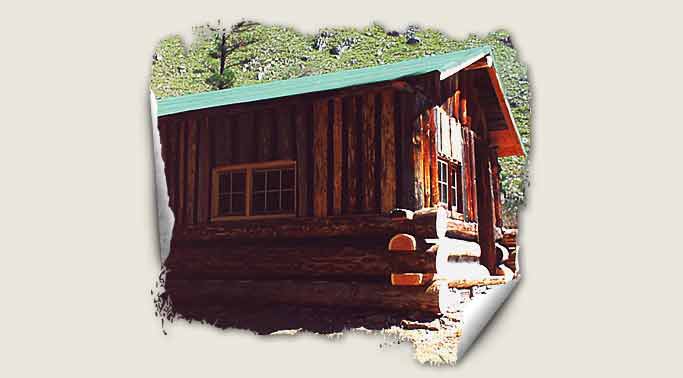The Blacky Foster cabin is listed in the National Register of Historic Places. The cabin lies just west of the Little Devil’s Teeth Rapids on the main Salmon River. It is an historic Depression-era miner’s cabin built in the 1930s in conjunction with a small-scale placer-mining operation. Foster and his son Willard used the cabin at least through the late 1940s. Johnny E. Briggs, who located the Lucky B placer claim at Smith Gulch in 1952, later used it. The Blacky Foster cabin is architecturally significant as an example of housing from the Depression era in the Salmon River Breaks region of Idaho. It is also historically significant for its association with the subsistence lifestyle and community that developed along the Salmon River Breaks area during the late nineteenth century and the first half of the twentieth century. The cabin is a single-room, gable-roofed log building, constructed of three tiers of large round logs, laid horizontally, toped by walls of vertical poles secured at the eaves with 1” x 6” plates. The building stands on a foundation of flat stones mortared with adobe. A rock retaining wall encloses the area immediately in front of the house, including a small iris bed.
|






